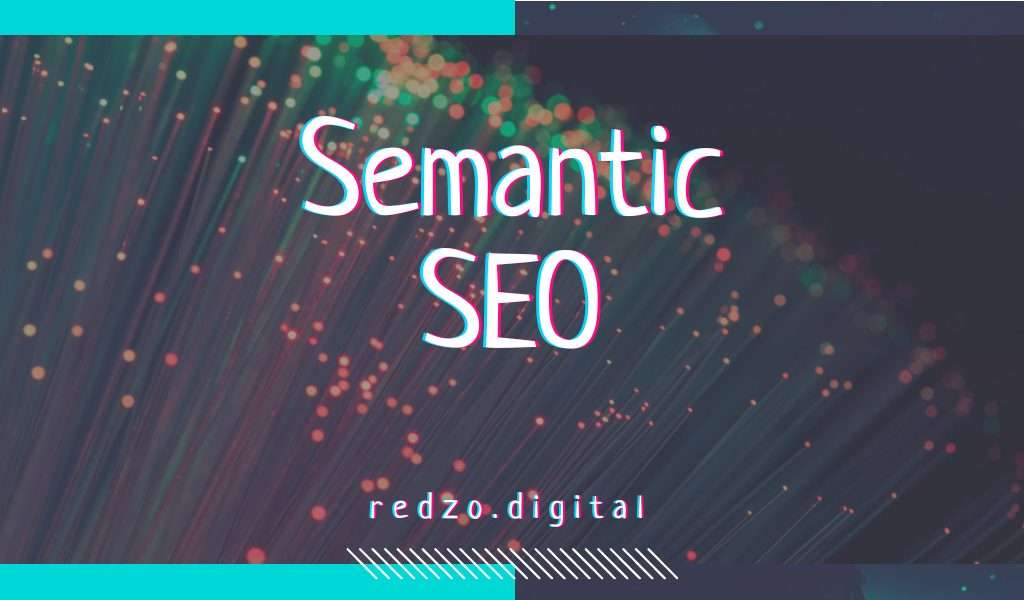Unlock the potential of Semantic SEO with our comprehensive guide. Learn how to boost your website’s ranking by understanding the context and meaning behind keywords through semantic search. Explore strategies to optimize your content, create a topical map, build a logical site architecture, and use keyword clusters effectively. Start your journey to master Semantic SEO and enhance your website’s visibility today.

As the digital landscape continues to evolve, so does the way search engines interpret and rank content. One of the most significant shifts in recent years is the move towards semantic SEO. This approach focuses on the meaning and context of words, phrases, and entities on a website, rather than just on specific keywords. This article will provide a comprehensive guide on semantic SEO, its benefits, and how to implement it effectively.

Semantic SEO, also known as entity SEO, is a search engine optimization strategy that emphasizes the meaning and context of words, phrases, and entities on a website, rather than just focusing on specific keywords. Semantic search engines like Google use natural language processing (NLP) and machine learning algorithms to understand two things: the user’s search query and the content in its index.
When you focus on semantic SEO, you are helping the search engine find the most authoritative content so that it can serve its users. This is a win-win situation: you get more traffic, and the search engine has happy users.
Semantic SEO offers several benefits that can significantly enhance your website’s visibility and user experience:
Understanding the semantic SEO strategy requires a paradigm shift. Until now, SEO was always about optimizing content to rank for keywords. Semantic SEO is a topical SEO strategy that requires you to stop focusing on keywords and start looking to rank entire topics.
To achieve this, you need to create a network of authoritative content that covers the entire topic thoroughly, answering all user questions in the process. You should aim to have more topical coverage than your competitors. If you cover more than one topic, you should separate your different topics into silos.
Creating a topical map is a crucial step in semantic SEO. It involves planning and structuring your content around topics and subtopics, rather than individual keywords. This approach helps search engines understand the context and relevance of your content, leading to improved rankings.
A topical map should include a list of content you plan to create, structured around main topics and related subtopics. Each topic and subtopic should be associated with a set of queries that users might use to find information on that subject. Additionally, you should identify related entities – people, places, or things that are relevant to your topic.
For example, if your main topic is “coffee,” your subtopics might include “types of coffee,” “coffee brewing methods,” and “best coffee brands.” Each of these subtopics would be associated with a set of related queries and entities. This approach ensures that your content covers the topic comprehensively, increasing its relevance and authority in the eyes of search engines.
The structure of your website plays a significant role in how search engines understand and rank your content. A well-structured site helps search engines crawl and index your content more efficiently, leading to improved visibility in search results.
Your site architecture should present a clear hierarchy to search engines. This can be achieved through your menu headers, URL structure, breadcrumbs, and internal links. Each of these elements should reflect the topical map you’ve created, guiding users and search engines through your content in a logical and intuitive way.
For example, your URL structure should reflect the hierarchy of your content. A URL like “www.yoursite.com/coffee/brewing-methods” clearly indicates that the page is about brewing methods, a subtopic of the main topic “coffee.”
Keyword research is a fundamental aspect of SEO, and it remains crucial in a semantic SEO approach. However, instead of focusing on individual keywords, semantic SEO involves creating clusters of related keywords that reflect the topics and subtopics in your topical map.
Keyword research tools can help you identify these clusters. By inputting your main topics into the tool, you can discover related keywords, questions, and phrases that users are searching for. These can form the basis of your keyword clusters, guiding the creation of your content.
For example, a keyword cluster for the topic “coffee brewing methods” might include related keywords like “how to brew coffee,” “best coffee brewing methods,” “French press,” “pour over,” and so on.
Google Search Console is a valuable tool for implementing semantic SEO. It provides insights into how Google views your site and how users are finding your content in search results.
One way to use Google Search Console for semantic SEO is to filter your Queries report into different topics. This can help you identify the main topics that users are associating with your site. You can then use this information to create or refine your topical map, ensuring that your content aligns with user search behavior.
Additionally, Google Search Console can help you identify content silos – sections of your site that are isolated from the rest. These silos can hinder your SEO efforts by preventing search engines from fully understanding the context and relevance of your content. By identifying and addressing these silos, you can improve the overall structure and SEO performance of your site.
Semantic SEO is a powerful strategy that can significantly enhance your website’s visibility and user experience. By understanding the meaning and context of your content, you can help search engines find the most authoritative content, resulting in higher rankings and more traffic. With the right approach and tools, you can effectively implement semantic SEO and reap its benefits.